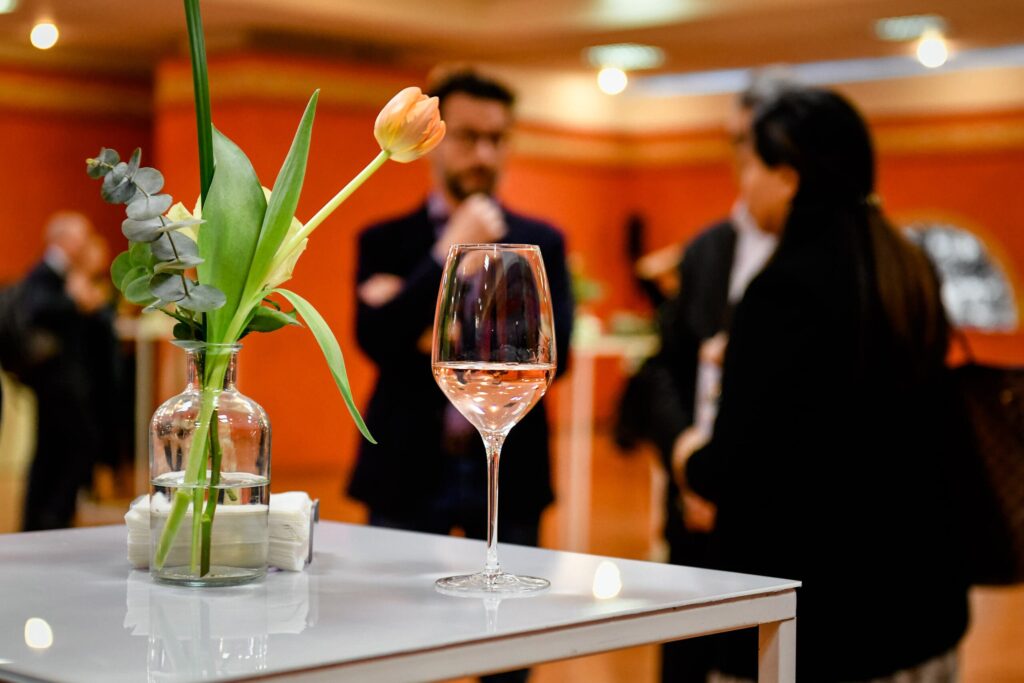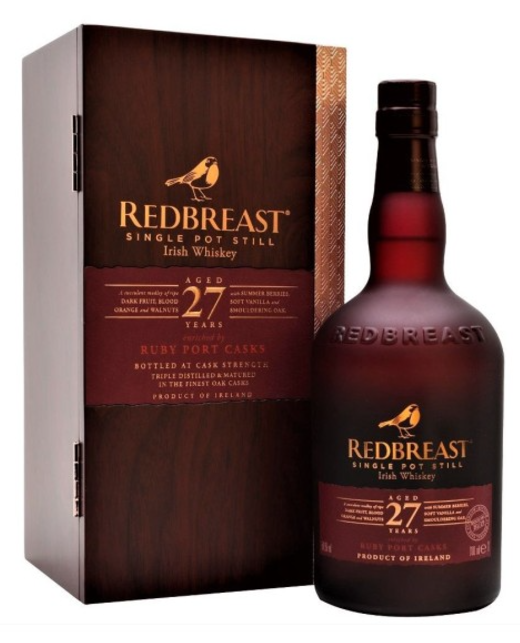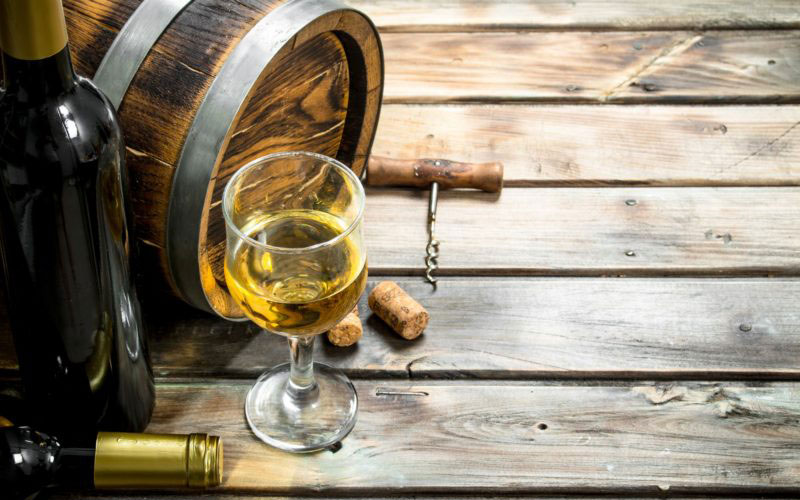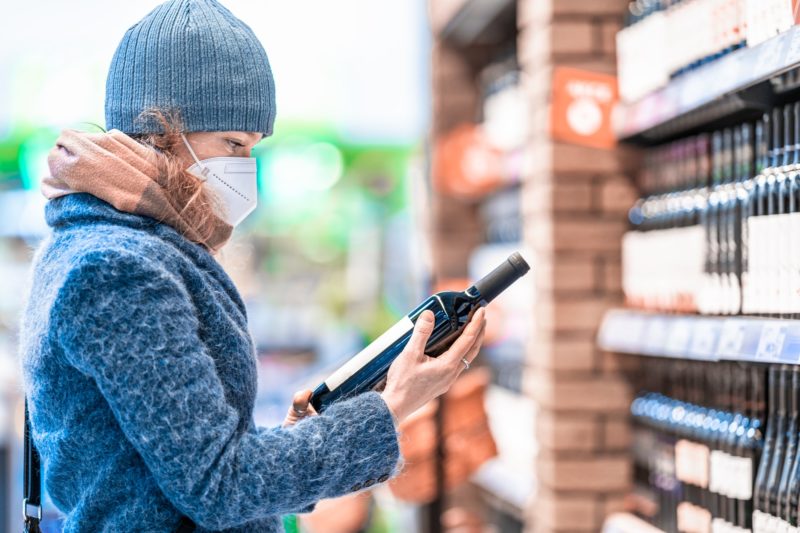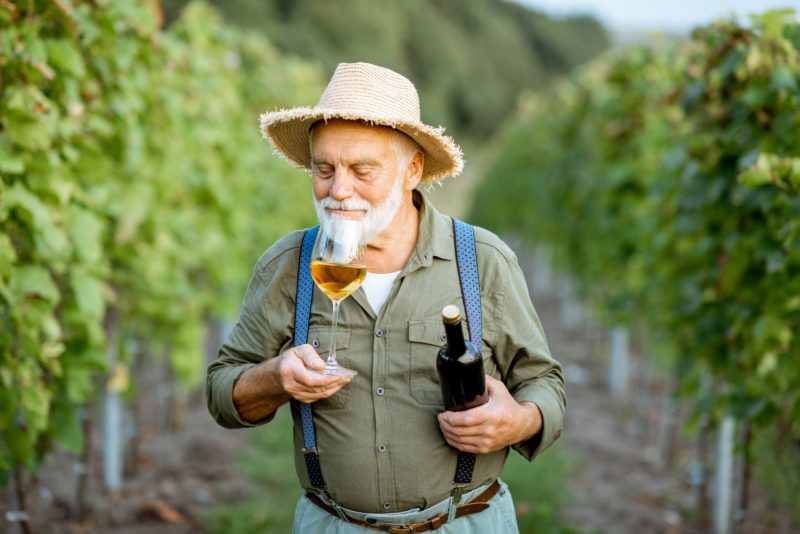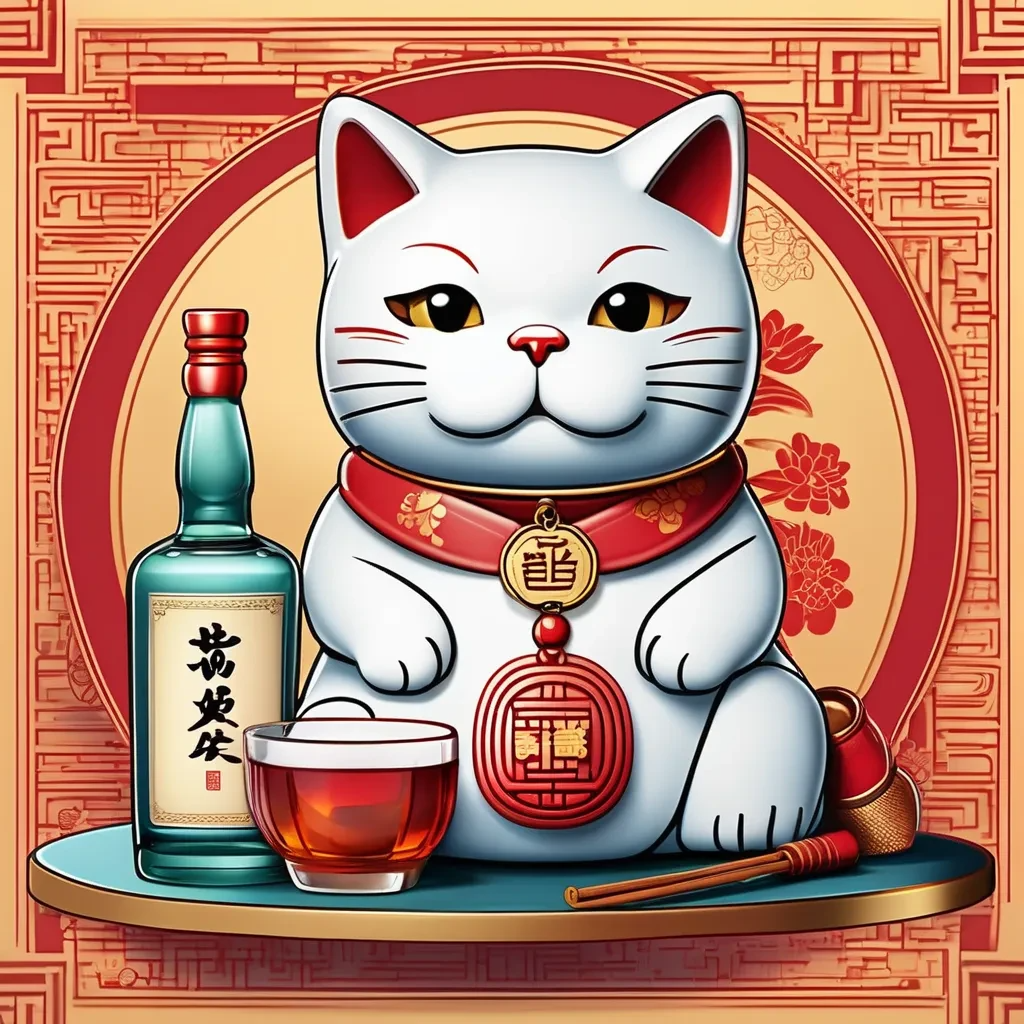Choosing a theme for your wine tasting provides a narrative thread for the evening, guiding your selection of wines and helping guests engage with the tasting on a deeper level. Whether you opt for a journey through the wine regions of Italy, a comparison of Old World versus New World wines, or an exploration of a single varietal across different terroirs, your theme serves as the backdrop against which the evening unfolds. It gives context to your wine choices and adds an educational layer to the event, enriching the experience for everyone involved.
Selecting the right wines is both an art and a science. Your choices should reflect the theme of your event, offering a variety of profiles, regions, and price points to accommodate all palates. Consider including a wildcard wine—a bottle that might surprise and challenge your guests’ taste buds. When choosing wines, also think about the narrative you want to create: each bottle should tell a part of the story, from the vineyard’s history to the winemaker’s philosophy, weaving a tapestry of taste and tradition that captivates your guests.
Creating the right ambiance is crucial for a successful wine tasting. The environment should be comfortable yet sophisticated, inviting guests to relax while engaging their senses fully. Consider lighting—soft, indirect light can create a warm, welcoming atmosphere. Music, played at a low volume, can complement the mood without overshadowing the conversation. The setting should encourage mingling and discussion, with seating arrangements that facilitate movement and interaction among guests.
Equally important is having the necessary equipment on hand. Proper glassware not only enhances the wine’s aromas and flavors but also adds an element of elegance to the tasting. Ensure you have enough glasses for each guest and each type of wine being served, as well as water glasses for hydration. A decanter or two might be necessary for older reds, while a spittoon in a discreet area allows guests to taste without overindulging. Don’t forget the practical items, too: wine openers, pourers, and a bucket for chilling whites and sparklings ensure the evening flows as smoothly as the wine.
A key component of hosting a wine tasting is the education aspect. For each wine, provide background information that paints a picture of its origin, grape variety, and production process. This context enriches the tasting experience, allowing guests to connect more deeply with the wine. Share stories about the winemakers, the vineyard’s location, and any unique methods used in the wine’s creation. This narrative layer transforms each tasting into a journey, with every sip revealing a new chapter of the wine’s story.
Guiding your guests through the tasting process enhances their appreciation and enjoyment of the wine. Explain how to assess the wine’s appearance, aroma, and taste, and encourage them to share their observations and impressions. This interactive element not only educates but also fosters a sense of community and shared discovery. Providing tasting notes or a flavor wheel can help guests articulate their experiences, making the tasting both a learning experience and a conversation starter.

